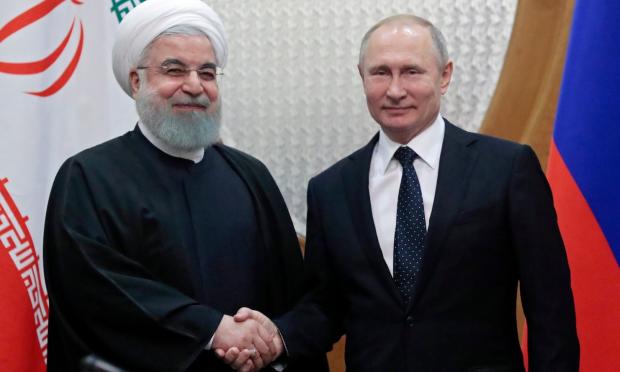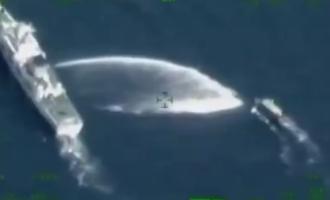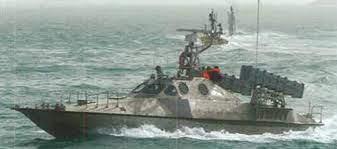According to recent reports from a source, the prestigious Russian media service Avia-pro reports that the Russian Federation has been involved in a deal to acquire an Iranian production of anti-ship vessels called Zolfaghar.
These high-speed fighter units, designed to destroy enemy ships, are currently part of the Iranian naval arsenal and are equipped with anti-ship missiles.
Zolfaghar ships are known for their agility and their ability to deliver accurate strikes to enemy ships from relatively long distances. The missile armament allows the ships to hit targets at distances of up to several hundred kilometres away.
So far, information on Russia's acquisition of the Zolfaghar vessels has been made public by Iranian journalist Khayal Muazzin. Thus, there is no information from a Russian source about the contract that may have been signed between Moscow and Tehran.
However, if the above facts are true, then the agreement between Russia and Iran is expected to further strengthen the military cooperation between the two countries. Both these states have repeatedly shown their intention to expand their cooperation in other areas of the military sector, as well as in various regions of the world, especially in the Middle East.
What Are the Iranian Vessels of Interest to the Russians?
The Zolfaghar (which takes its name from Ali ibn Abu Talib's famous Zulfiqar sword) is a class of missile boat, also known as the Peykapp III. Specifically, it consists of high-speed patrol vessels that demonstrate the ability to launch missiles. These vessels are currently part of the Iranian Navy.
In fact, the Zolfaghar class is the Iranian modified version of the North Korean IPS-16 vessels, which are also built in Iran.
The vessels have a displacement of 13.75 tonnes, a length of 17.3 metres and are equipped with two single anti-ship missile launchers capable of launching Kowsar or Nasr-1 weapons. Both these missiles are based on internal navigation and an active thermal navigation system for flights up to 38 km away at a speed of 0.8 Mach. The secondary armament of these craft is two 12.7 mm calibre machine guns.
In conclusion, these vessels will assist in patrolling the extensive Russian coastline, with the possibility of armed intervention if deemed necessary by the Russian Navy. If they are rapidly acquired, Moscow could even deploy them in the Black Sea for operations against Ukrainian naval drones or merchant ships suspected of being Ukrainian.
















